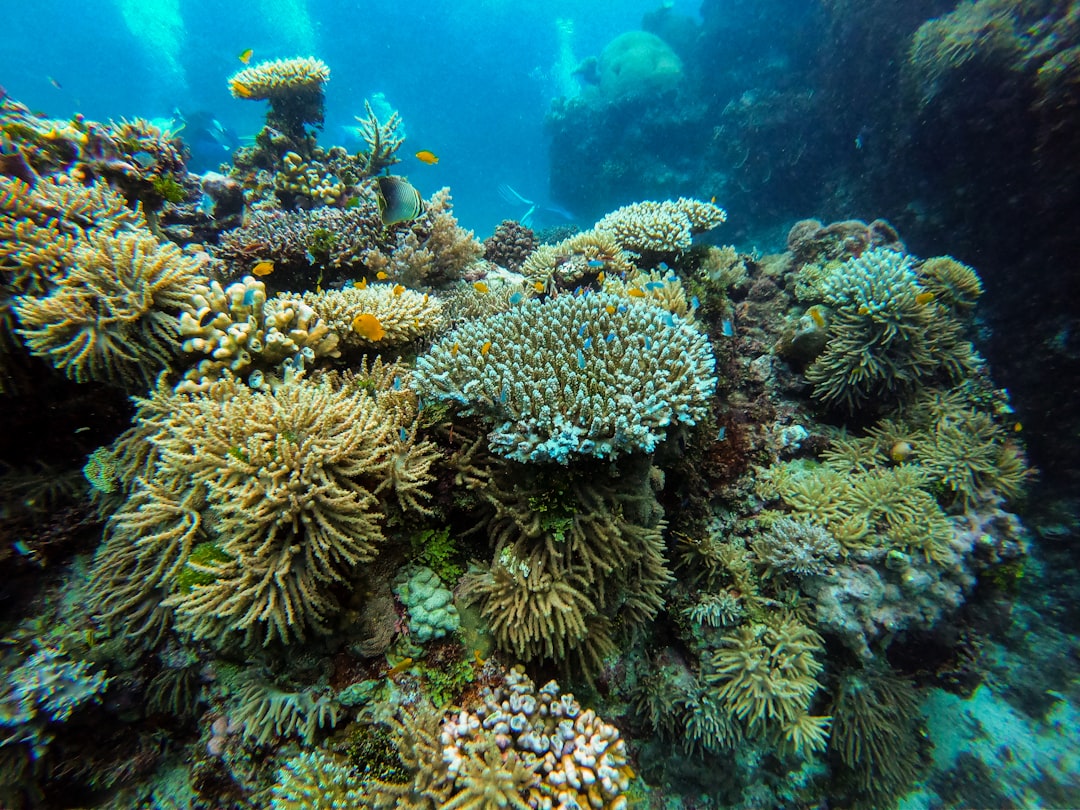What is it about?
The velocities of the three plates at the Bouvet Triple Junction (Africa, South America and Antarctica) form an equilateral triangle in velocity-space, so the triple junction may have evolved as a ridge-fault-fault type in the past. Indeed, the Bouvet and Conrad transform faults probably grew their current lengths during a period (from 20 to 10 Ma) when this was the case. We collected geophysical data (Hawaii-MR1 reconnaissance sidescan sonar backscatter and bathymetry, gravity and magnetics) around these two transform faults to try resolving how the triple junction evolved over this period. These data confirmed that the triple junction evolved as ridge-fault-fault. We were also surprised to find an area, some 400 km across, adjacent to the Bouvet transform valley and on the African plate, where older abyssal hills have been disrupted by normal faults oriented obliquely to the transform. The orientations of the faults represent transtensional deformation (deformation in an area that involves both extension perpendicular to the area but also strike-slip movement).
Featured Image
Why is it important?
This is one of the largest transtensional zones found adjacent to a transform fault and here is not obviously due to changes in plate motion between Africa and Antarctica as similar structures are not observed as far as we are aware along the Southwest Indian Ridge. Several suggestions were made, including, that the deformation pattern reflects weakening of the plate by underlying hot mantle associated with the Bouvet hotspot or that the deformation is a feature of the unusual stresses within lithosphere near a triple junction.
Read the Original
This page is a summary of: The Bouvet triple junction, 20 to 10 Ma, and extensive transtensional deformation adjacent to the Bouvet and Conrad transforms, Journal of Geophysical Research Atmospheres, April 2000, American Geophysical Union (AGU),
DOI: 10.1029/1999jb900399.
You can read the full text:
Contributors
The following have contributed to this page










